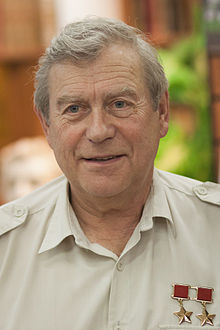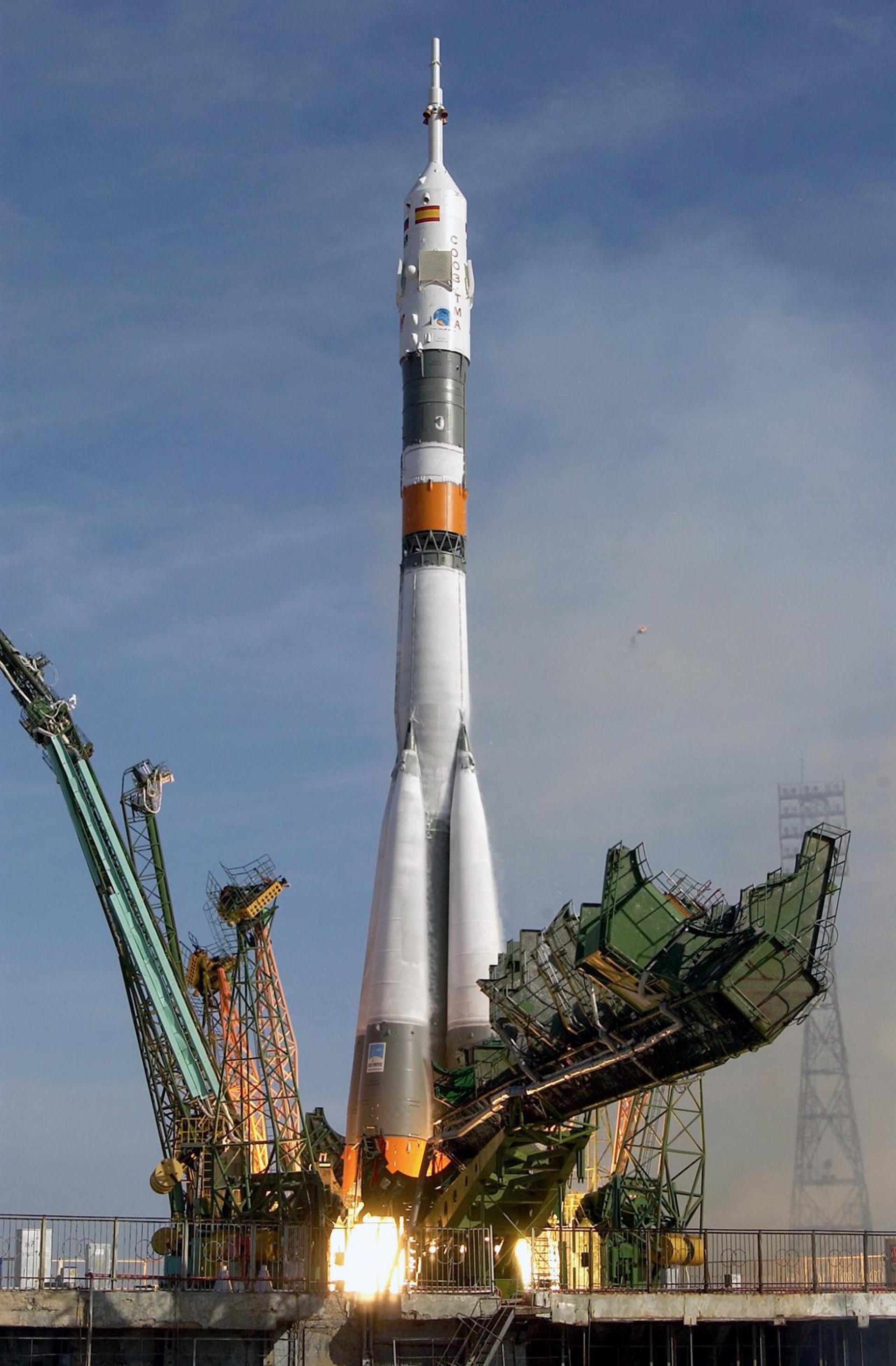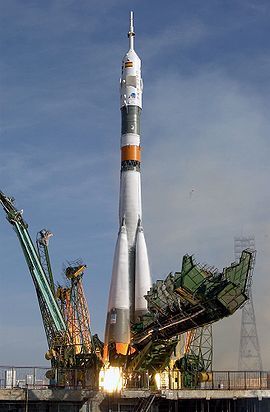Aleksandr Pavlovich Aleksandrov
Russian - (RFSA)
Retired
Date of Birth: Feb. 20, 1943
Age: 82
Aleksandr Pavlovich Aleksandrov (Russian: Александр Павлович Александров; born February 20, 1943) is a former Soviet cosmonaut and twice Hero of the Soviet Union (November 23, 1983, and December 29, 1987). He was selected as cosmonaut on December 1, 1978. For his first spaceflight, he flew as Flight Engineer on Soyuz T-9, which lasted from June to November 1983. For his second spaceflight, he replaced one of the long-duration crew members of Mir EO-2. For the spaceflight, he was launched with the spacecraft Soyuz TM-3 in July 1987, and landed with the same spacecraft in December 1987. All together he spent 309 days, 18 hours, 2 minutes in space. He served as backup for Soyuz T-8, Soyuz T-13, and Soyuz T-15.
Soyuz-U | Soyuz T-9
Russian Federal Space Agency (ROSCOSMOS) | RussiaBaikonur Cosmodrome, Republic of Kazakhstan
June 27, 1983, 9:12 a.m.
Status: Success
Mission:
Soyuz T-5 was the second long-duration expedition to the Salyut 7 space station. The mission began on June 27, 1983, 09:12:00 UTC, launching Commander Vladimir Lyakhov and Flight Engineer Aleksandr Aleksandrov into orbit. They docked with the station the next day. During their 150-day stay on the station, crew carried outd various scientific and medical experiments, performed two EVAs to install additional solar panels on the station, and were visited by 2 uncrewed cargo Progress vehicles. The mission concluded with a safe landing back on Earth on November 23, 1983, 19:58:00 UTC.
Low Earth OrbitSoyuz-U2 | Soyuz TM-3
Soviet Space Program | RussiaBaikonur Cosmodrome, Republic of Kazakhstan
July 22, 1987, 1:59 a.m.
Status: Success
Mission:
Soyuz TM-3 was the third mission to Mir space station. The mission began on July 22, 1987, 01:59:17 UTC, launching Commander Alexander Viktorenko, Flight Engineer Aleksandr Aleksandrov and Research Cosmonaut Muhammed Faris, the first Syrian cosmonaut, into orbit. They docked with Mir two days later. During their stay there, crew conducted Earth observation, medical and other scientific experiments. The mission concluded with a safe landing back on Earth on July 30, 1987, 01:04:12 UTC.
Low Earth OrbitThe Roscosmos State Corporation for Space Activities, commonly known as Roscosmos, is the governmental body responsible for the space science program of the Russian Federation and general aerospace research. Soyuz has many launch locations the Russian sites are Baikonur, Plesetsk and Vostochny however Ariane also purchases the vehicle and launches it from French Guiana.
Falcon 9
Starlink Group 15-13
Space Launch Complex 4E - Vandenberg SFB, CA, USAA batch of 27 satellites for the Starlink mega-constellation - SpaceX's project for space-based Internet communication system.
Falcon 9
Starlink Group 6-99
Launch Complex 39A - Kennedy Space Center, FL, USAA batch of 29 satellites for the Starlink mega-constellation - SpaceX's project for space-based Internet communication system.
Ariane 62
Galileo L14 (FOC FM33 & FM34)
Ariane Launch Area 4 - Guiana Space Centre, French GuianaPayload consists of two satellites for Europe's Galileo navigation system.
Atlas V 551
Amazon Leo (LA-04)
Space Launch Complex 41 - Cape Canaveral SFS, FL, USAAmazon Leo, formerly known as Project Kuiper, is a mega constellation of satellites in Low Earth Orbit that will offer broadband internet access, thi…
Long March 4B
Ziyuan-3-04
Launch Complex 9 - Taiyuan Satellite Launch Center, People's Republic of ChinaThe ZY-3 (Ziyuan-3, 'Resource-3') series represents China's first high-resolution, stereoscopic mapping satellites for civilian use. The second sa…




